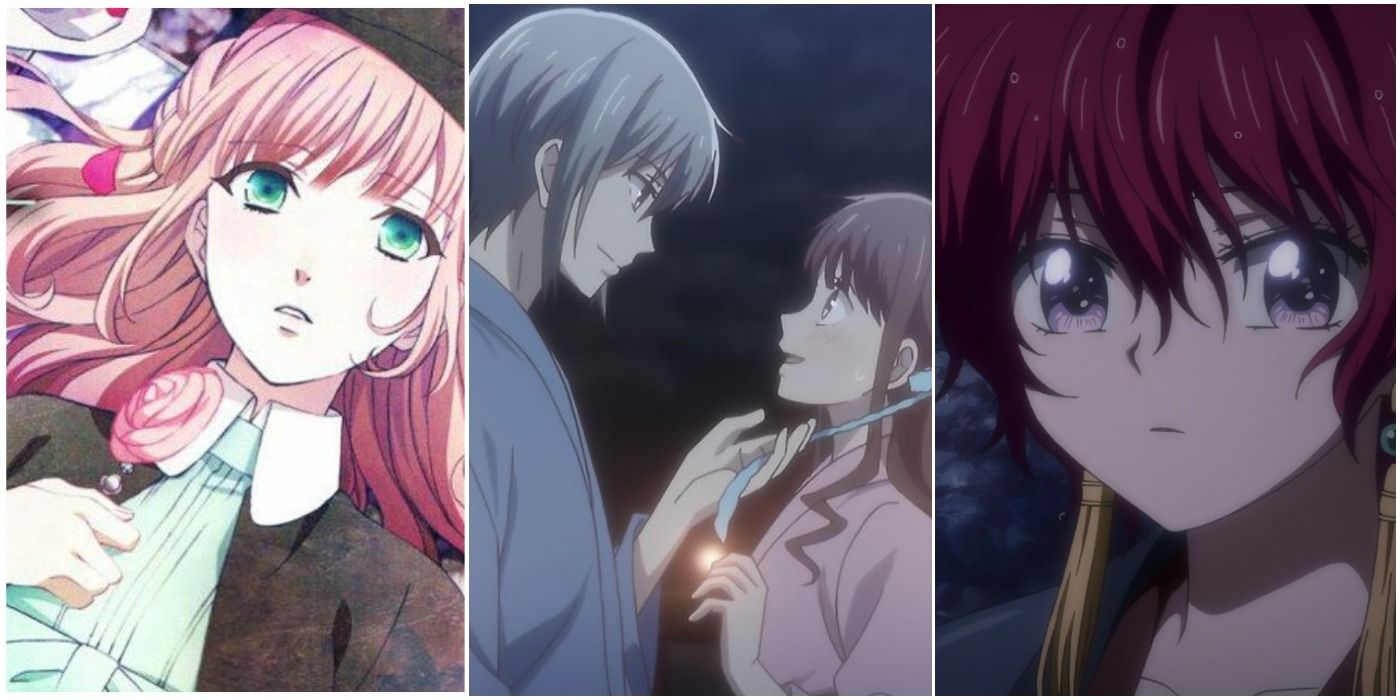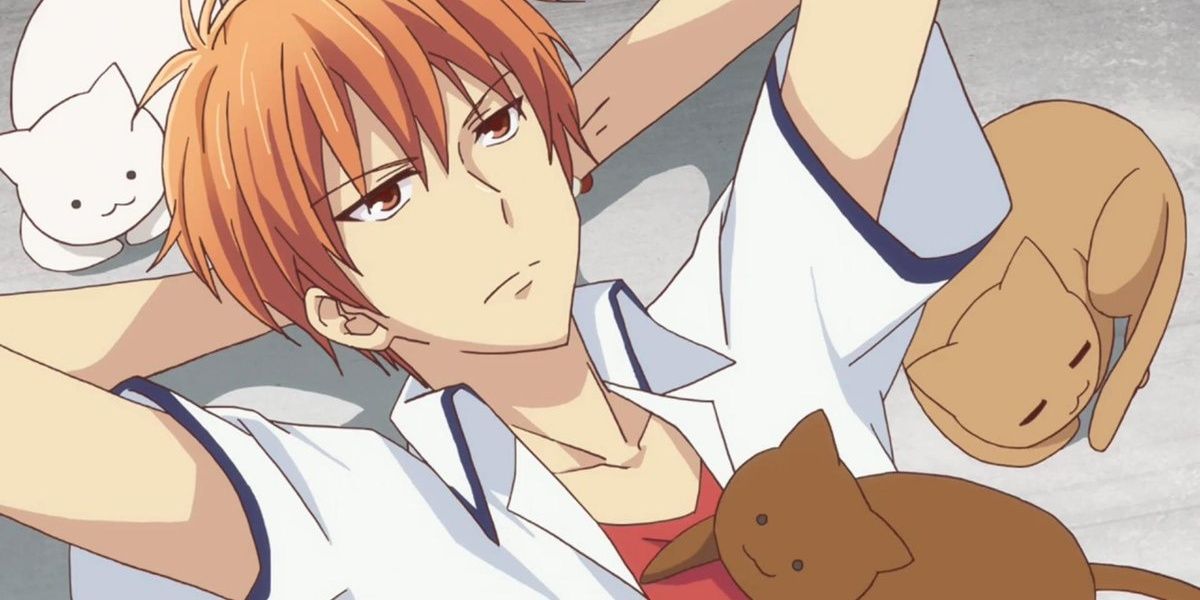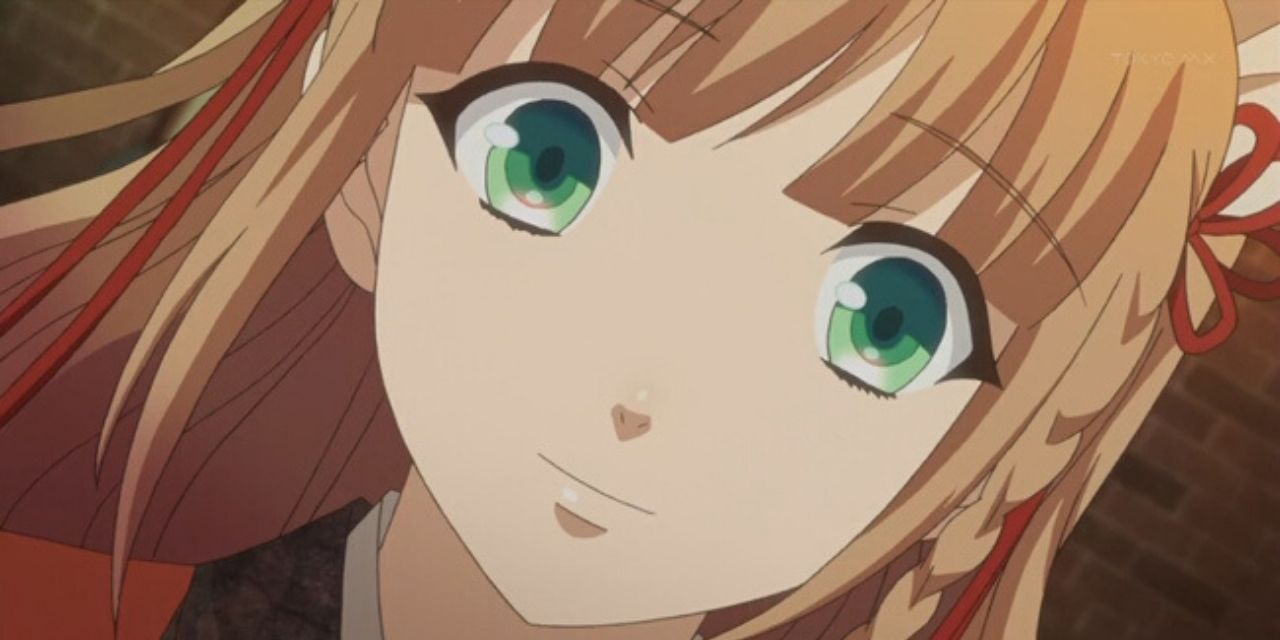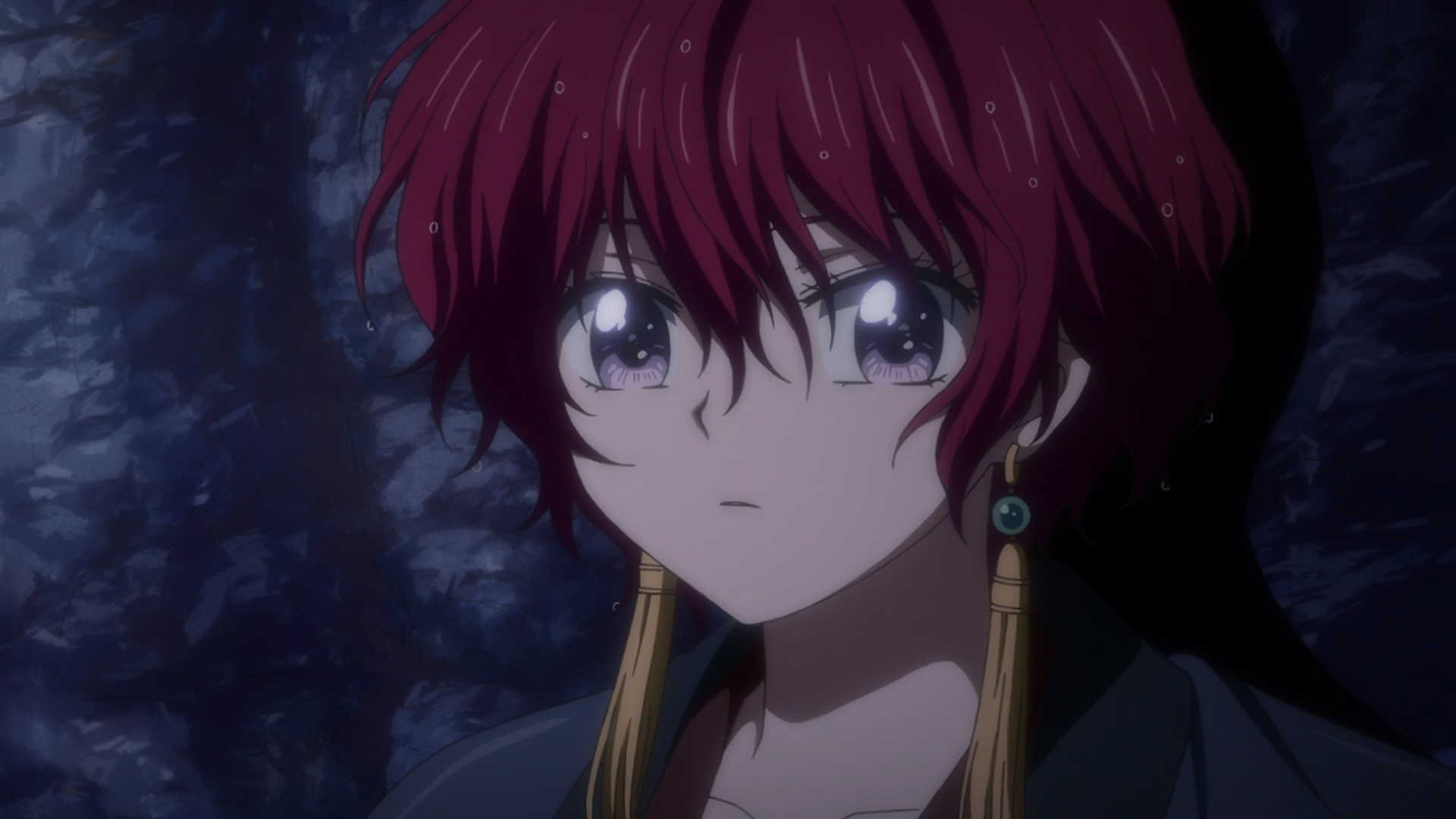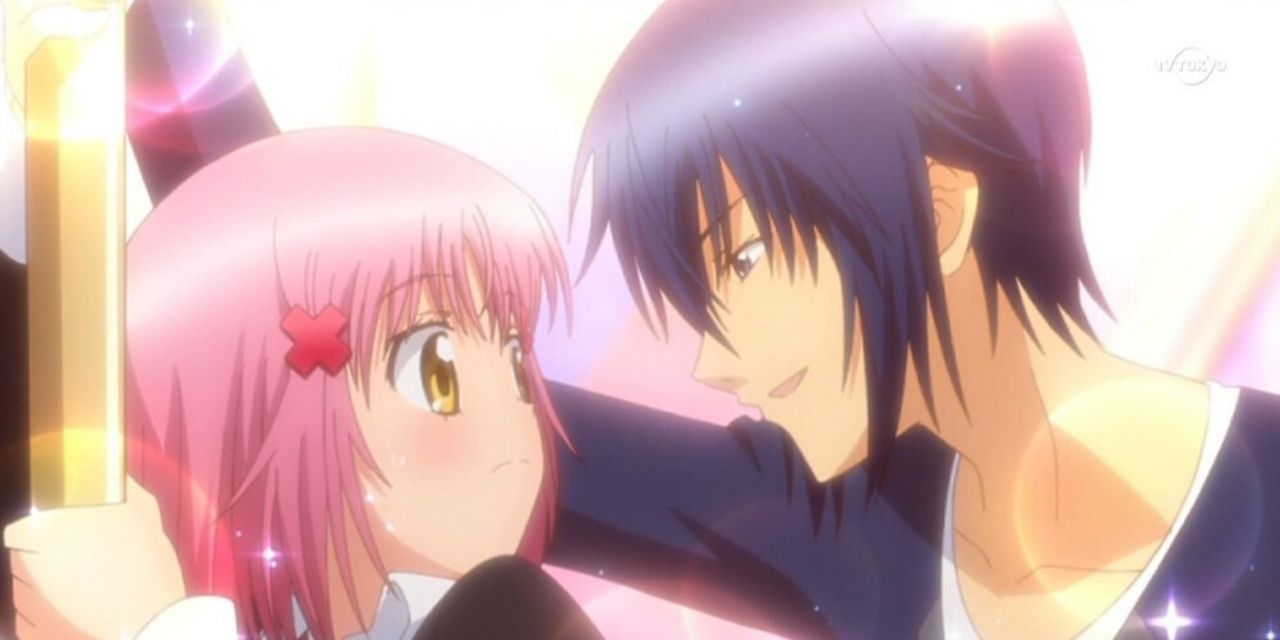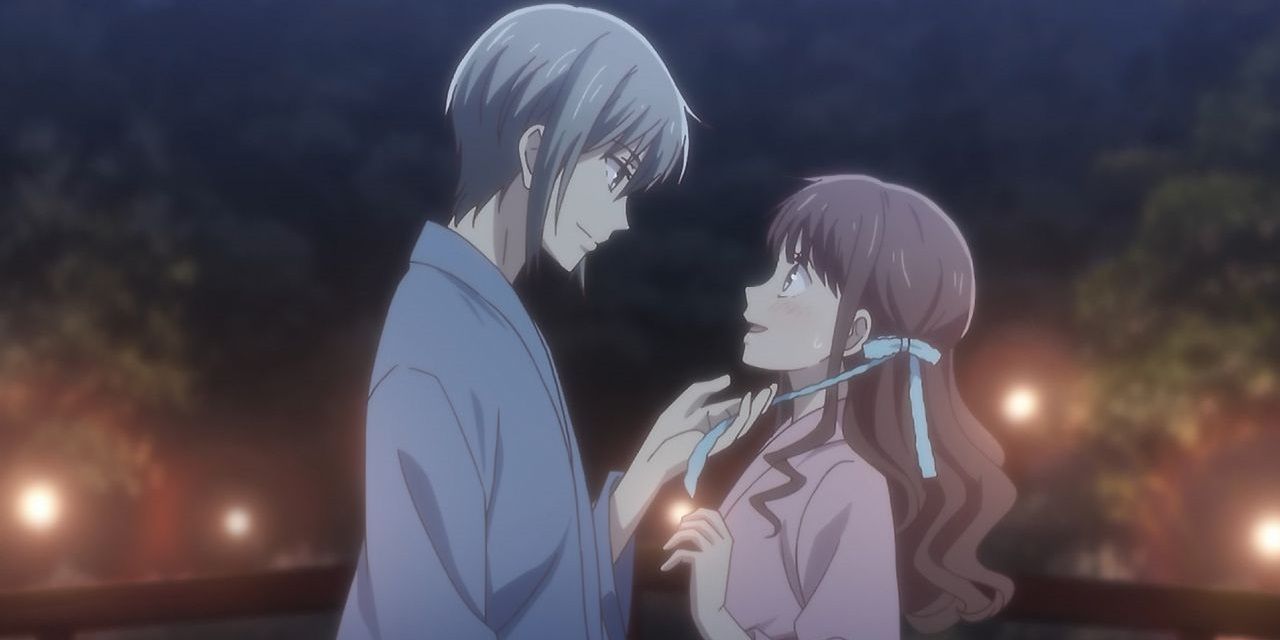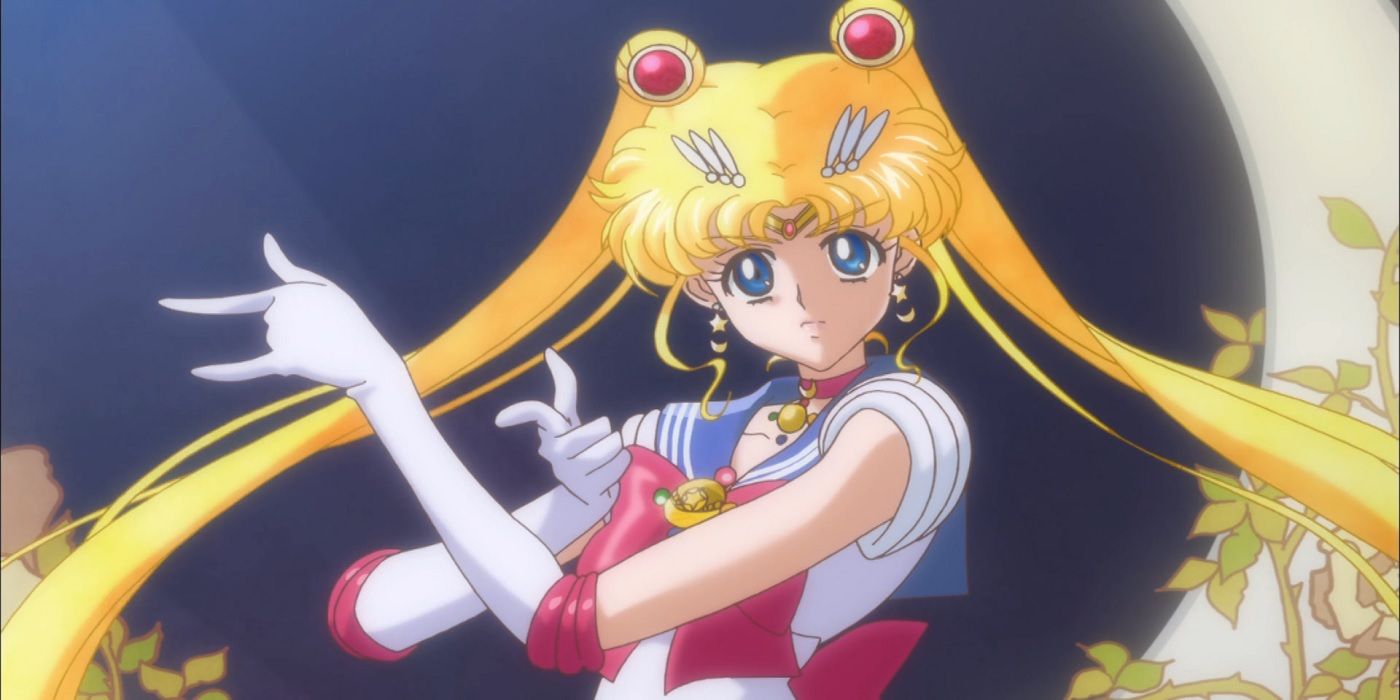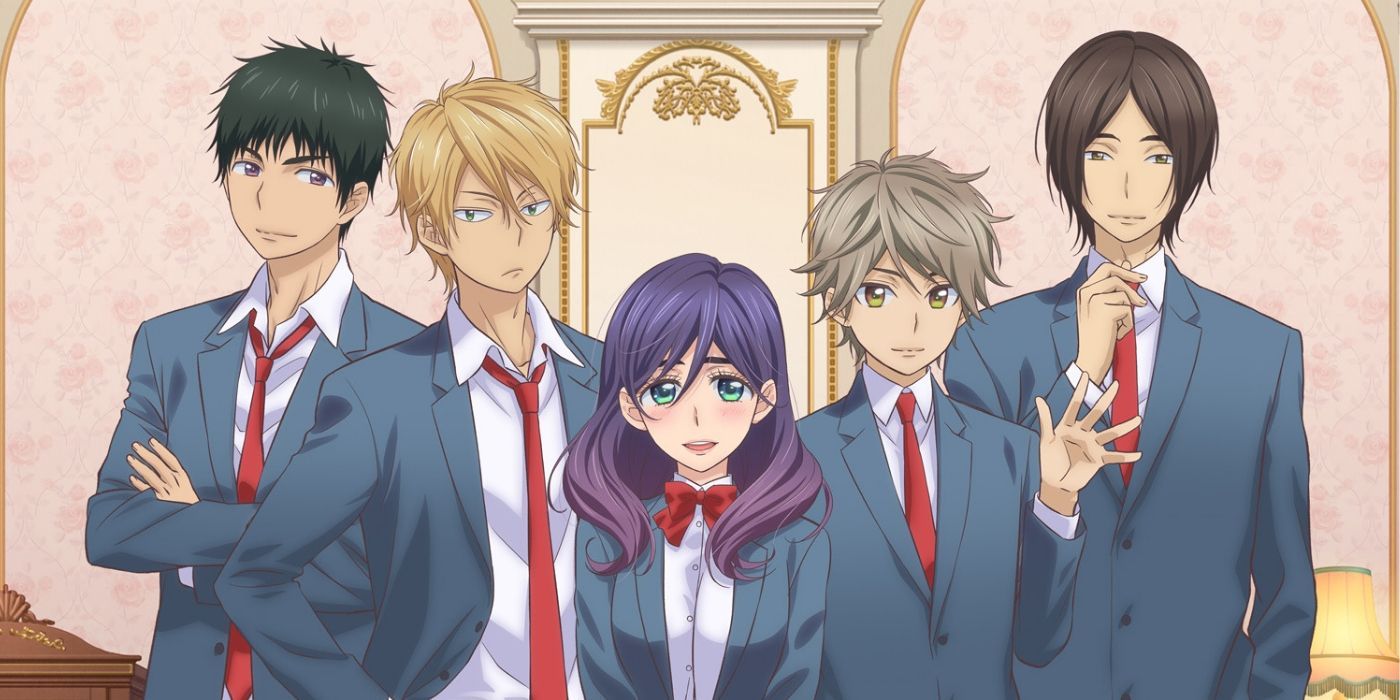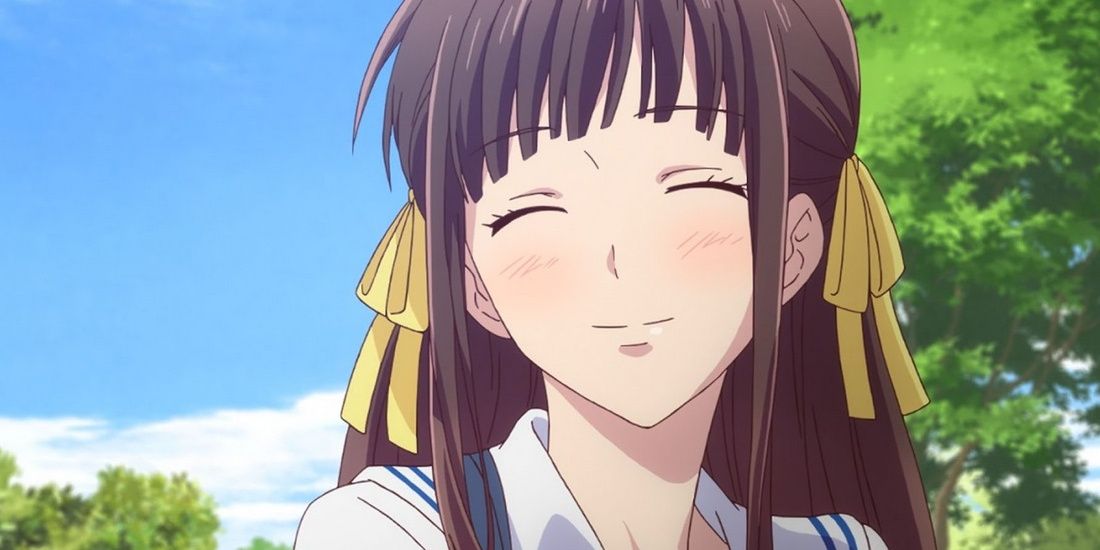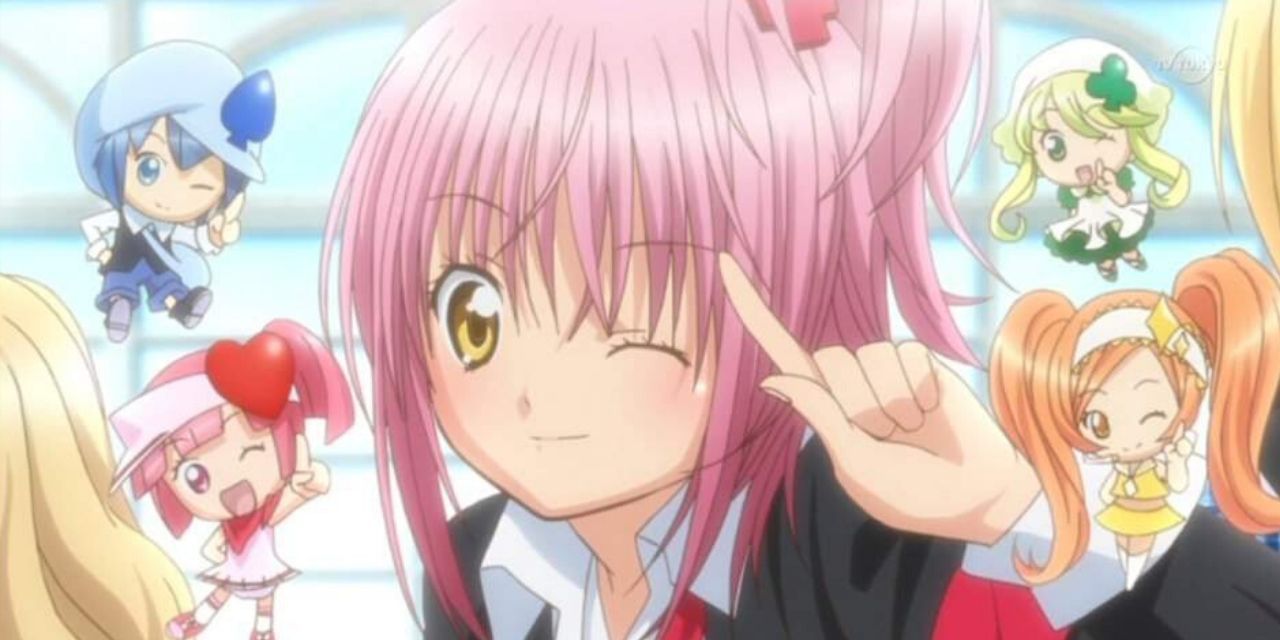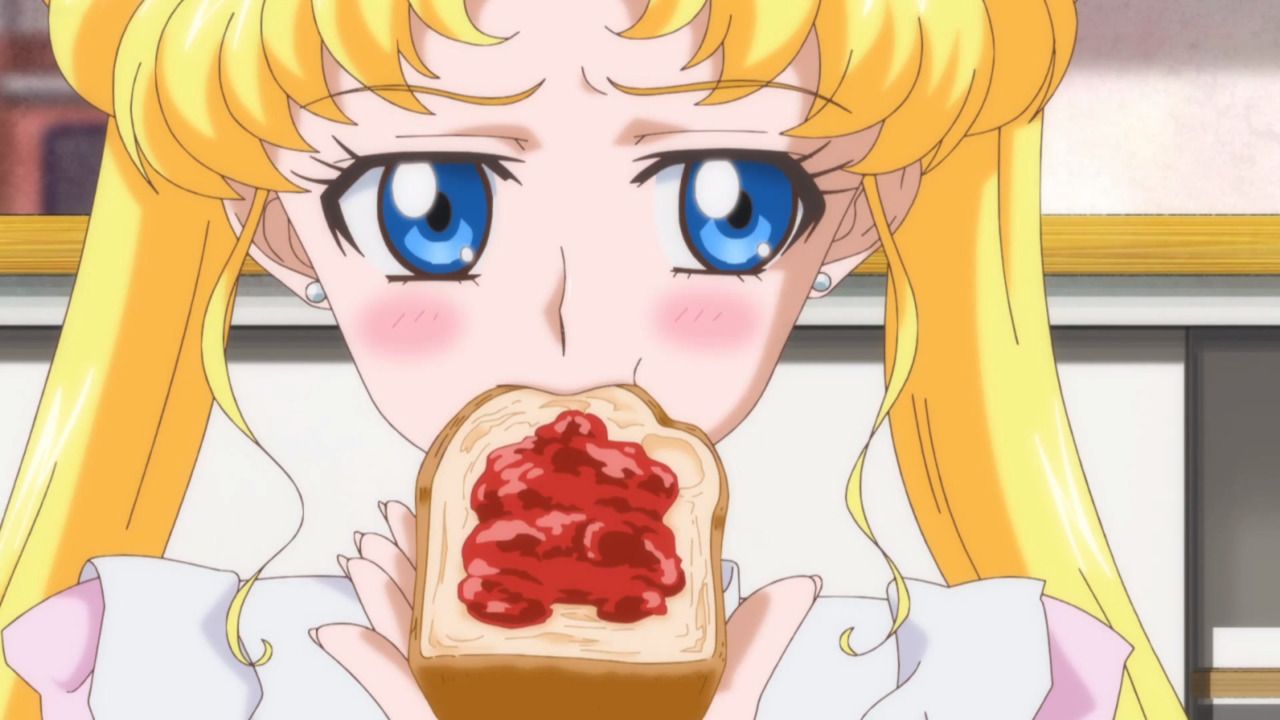The shojo genreーwhich actually happens to just be a demographicーhas many confusing things about it that remain unexplained to both Japanese and foreign audiences. Whether that be clichés, characters or personalities, it is one of the most recognizable anime genres in both Japan and worldwide, along with shonen.
And akin to shonen, it has a reason for being the way it is that goes back to the past. From the main characters always being young, the countless high school romances, and even the cliché of a character running with bread in their mouths, here are ten things about the shojo genre, finally explained.
10 Why Is There Always A Tsundere?
In early shojoーfrom the 90s and 2000sーthere is always a tsundere character vying for the affection of the heroine. From Kyo from Fruits Basket to Syaoran from Cardcaptor Sakura, these famous examples are only a fraction of the amount of tsundere characters in shojo.
The reason behind this is their popularity. Before tsundere characters, there was the princely type. However, as the times changed, authors found that the readership wished for characters that that were tsundere instead, akin to how young adult books always have a bad boy type of character.
9 Why Are So Many Heroines So Plain?
This has been declining in recent years, but remains a question in many otome games and shojo that focus on girls in high school. The reason is simpleーif the heroine is plain, then the reader can self-insert themself into the characters' life.
The culprit for this is also a lot of otome games, as the heroine is usually clumsy, doesn't have much talent, and tends to be denser than a pound cake. Shojo has been including more detailed character designs, like the boys surrounding her.
8 Why Do Characters Have Big Eyes?
Anyone who has watched a shojo anime or read a manga would be familar with the wide-eyed look most female and male characters don. It turns out this design was popularized in the twentieth century from both Yumeji Takehisa and Jun'ichi Nakahara.
However, it is mostly credited to Jun'ichi, as he referenced dolls for his characters, as he was a doll maker. Both illustrators favorited this design, and it became a normal things for characters to have large, doll-like eyes.
7 Why Were Age-Gap Romances So Common?
This may be because of the audience during the time shojo was still new, which would be the 1960s. Times change, and so do ideasーbut even so, there are still a lot of shojo that contain large age gaps between the heroine and her love interest.
This happens frequently, such as the crush Sakura had on Yukito in Cardcaptor Sakura and Amu wavering between Tadase and Ikuto in Shugo Chara! Both Sakura and Amu were in elementary school, which makes this problematic when looked at compared to newer shojo anime and manga.
6 Why Is There Always A Popular Boy?
This is a trope that was overtaken by the tsundere one. If there is a tsundere love interest, there is sure to be a princely type. This is a foil, and happens to be in almost every shojo series that deals with high school problems.
The reason for this is perhaps because early creations of shojo were created by men, and the main plots were about a damsel in distress being rescued by a prince. Because of this, the princely type trope became integrated into other shojo series and remained a staple that was carried over to other franchises.
5 Why Are There So Many Magical Girls?
Magical girl anime is a staple subgenre of shojo, from Sailor Moon to Cardcaptor Sakura. However, why do they always seem to go hand-in-hand? It all began with an anime and manga called Sunny the Witch by Mitsuteru Yokoyama which made its debut in 1966.
It followed a witch, Sally, who wished to visit the mortal realm. Although Sally the Witch popularized the subgenre in Japan, Princess Knight by Osamu Tezuka created in 1953 is the earliest iteration, and The Secrets of Akko-chan published in 1962 is considered the earliest magical girl manga.
4 Why Are The Heroines Almost Always Dense?
This is a question that is not only restricted to shojo, but has become a problem in shonen, harem, and basically any other romance anime. This also happens not only in Japanese media, but media worldwide.
This is to give an opportunity for the other characters to shine, or for fans to couple the heroine with any of the characters vying for her affection.
3 Why Do The Heroines Speak Polietly Most Of The Time?
Heroines, such a Tohru Honda from Fruits Basket, speak with keigoーpolite speechーin their respective anime and manga. This has become a default for many female characters in shojo.
The reason for this is because it is an easy go-to for a character base, just as the self-insert heroine.
2 Why Are The Heroines Always So Young?
Shojo means "young woman" in Japanese and is a demographic for young girls, either in their preteens or childhood. During the mid-1960s, men outnumbered woman creating shojo manga. The readership during this time were all young woman, which explains why tanga from that time dealt with the genre.
In this same period, however, the readerships ages began to change and moved away from young girls to girls in their teens. It wasn't the biggest change, as a lot of shojo still use young girls as heroines.
1 Why Do Heroines Run With Toast In Their Mouths?
Specifically, toast. From Sailor Moon to being parodied in popular anime such as Attack in Titan, the heroine being late and only having time to put toast in her mouth and run to school has become a staple trope in shojo anime and manga.
Although it is not exactly known where this originated from, some of the earliest examples are Tsuraize! Boku-chan from 1975 and Patty’s First Love from 1967. However, the heroine wasn't running with toast in her mouth, but instead a bread roll. Despite the origin being unknown, it had become an expected trope whenever someone sees a shojo.

